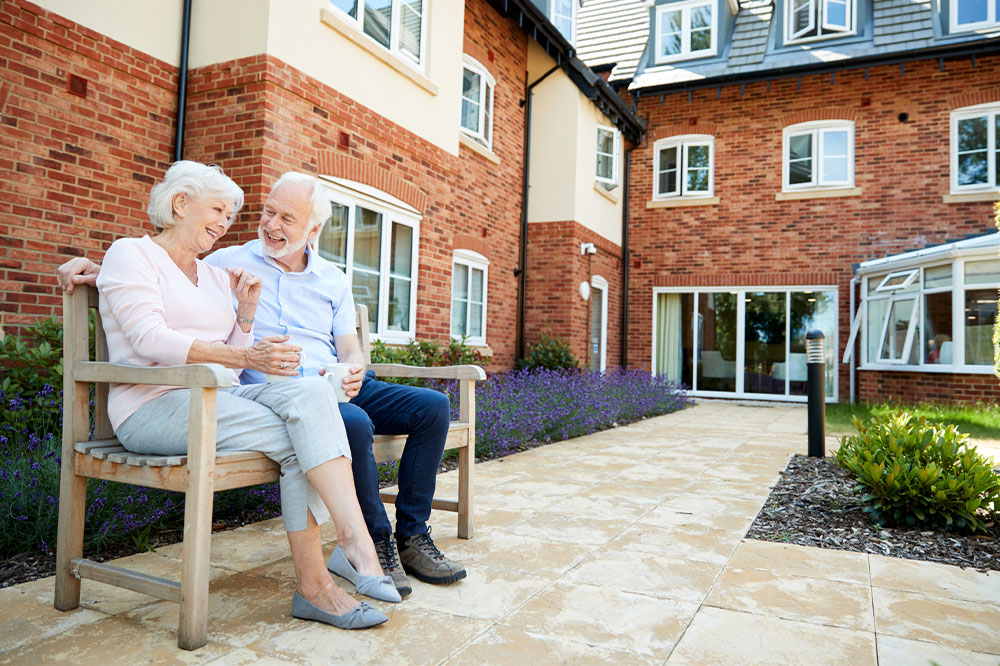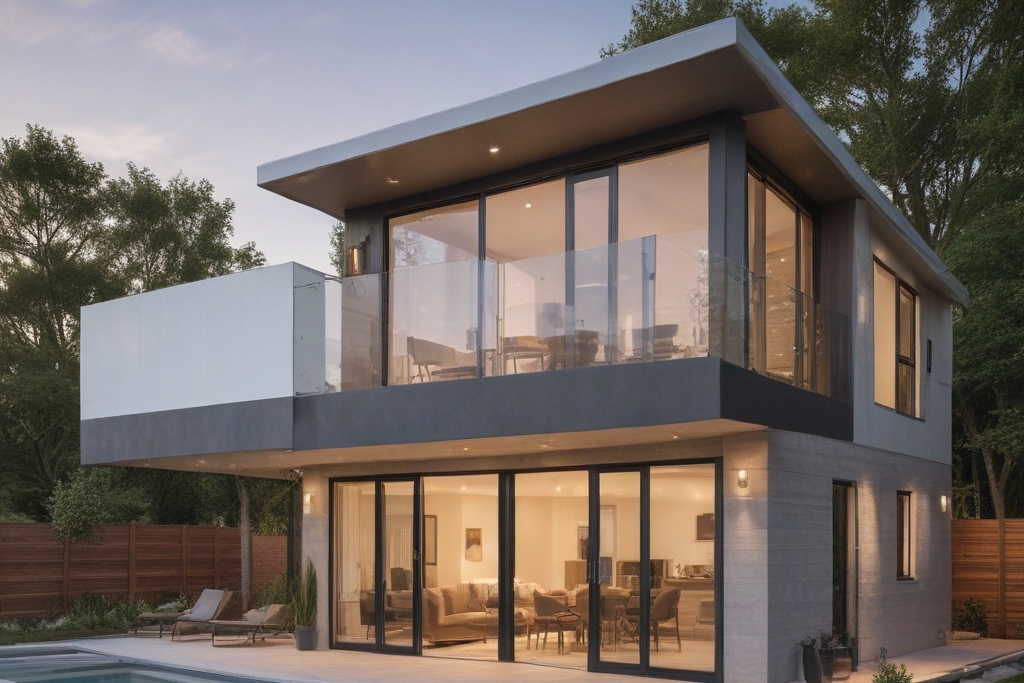Exploring the Different Types of Retirement Communities Across the United States
Discover the diverse options of retirement communities across the U.S., including age-restricted neighborhoods, targeted age communities, and luxury leisure estates. Learn about amenities, benefits, and how these communities enhance retirement life through social activities, health services, and lifestyle-focused living. Perfect for seniors seeking independence, community, and comfort during their golden years, these communities offer tailored solutions for every retiree’s preference.

A Comprehensive Guide to Retirement Community Options in the U.S.
As Americans age, many look forward to retirement as a time to enjoy life’s pleasures with comfort, convenience, and community. To meet these needs, a wide variety of retirement communities have sprung up across the country, offering diverse housing options and amenities tailored to different lifestyles and preferences. These communities are designed to provide a secure, engaging environment where retirees can thrive, socialize, and maintain independence. In this article, we’ll explore the most common types of retirement communities available throughout the United States, including their key features, benefits, and considerations for prospective residents.
Age-Restricted Neighborhoods: A Popular Choice for Senior Living
One of the most prevalent forms of retirement communities are age-restricted neighborhoods. These communities are built specifically for individuals aged 55 and older, governed by regulations from the U.S. Department of Housing and Urban Development (HUD). These regulations specify that at least 80% of the residences in such neighborhoods must be occupied by residents aged 55 or above, creating an environment tailored to seniors seeking an active yet age-appropriate lifestyle.
Residents in age-restricted communities typically enjoy a vibrant and independent way of living. These neighborhoods often feature a variety of amenities designed to promote social interaction and active living, such as community centers, golf courses, hobby and craft rooms, computer labs, walking trails, and fitness centers. Importantly, these communities are primarily designed for independence and do not typically offer extensive healthcare or assisted living services. Maintenance responsibilities for homes—such as landscaping, repairs, and common area upkeep—are usually covered through homeowners’ association (HOA) fees, enabling residents to focus on leisure and social activities rather than chores.
Age-restricted neighborhoods foster a sense of camaraderie among residents, who often share common interests and hobbies. Since children under 19 are generally not permitted to reside permanently in these communities, it creates a peaceful and mature environment suited for retirees seeking stability and companionship. These neighborhoods are ideal for those who value independence but want the convenience of nearby amenities and social connections. The focus is on providing a worry-free lifestyle where residents can enjoy their retirement years to the fullest.
Targeted Age Communities: Inclusive Options for Senior Living
Similar to age-restricted communities, targeted age communities cater primarily to older adults, typically aged 55 and above. However, these communities often do not have formal age restrictions, making them more inclusive. They are designed to attract seniors who desire an active and socially engaging retirement lifestyle but may not meet specific age requirements for entry. These neighborhoods use marketing strategies that emphasize vitality, community engagement, and accessible amenities, making them appealing to a broad range of older adults.
Many targeted age communities provide amenities like fitness centers, walking paths, swimming pools, clubs, and organized social activities to foster a vibrant community atmosphere. They often have a variety of housing types, including single-family homes, duplexes, or apartments, catering to different preferences and mobility needs.
Leisure Lifestyle Communities: Luxurious and Relaxing Retirement Options
Leisure lifestyle communities are designed for retirees seeking a resort-style living environment that emphasizes relaxation, recreation, and social engagement. These communities often feature upscale amenities such as world-class golf courses, elegant clubhouses, swimming pools, spa facilities, fine dining restaurants, and entertainment venues. Homes in these communities typically range from two to three bedrooms, suited for singles or couples, especially those whose children have moved out and who are looking for a luxurious yet manageable living space.
Leisure communities foster an atmosphere of tranquility and leisure, providing residents with opportunities to participate in hobbies, social clubs, and wellness programs. The focus is on promoting a balanced lifestyle that combines comfort, socialization, and health — all within a beautifully maintained environment.
Advantages of Living in a Retirement Community
Choosing a retirement community can significantly enhance one’s quality of life during the later years. The benefits are numerous and often tailored to meet retirees’ desires for comfort, community, and convenience:
Designed with comfort and accessibility in mind, ensuring ease of movement and safety
Fosters a strong sense of community and social interaction, reducing feelings of loneliness and isolation
Provides access to premium amenities such as swimming pools, fitness centers, clubs, and recreational facilities
Includes health and wellness programs that promote active and healthy aging
Provides convenient access to healthcare facilities, theaters, shopping, and other essential services
Most communities do not impose age restrictions, allowing for diverse and multigenerational interactions
Overall, retirement communities across the nation offer a wide array of housing options and amenities designed to suit different preferences and lifestyles. Whether one seeks an active social atmosphere, serene leisure estate, or independent living with easy access to services, there is a community suitable for everyone's needs. As the aging population continues to grow, these communities are becoming more innovative and inclusive, ensuring that retirees can enjoy their golden years in comfort, security, and joy.





